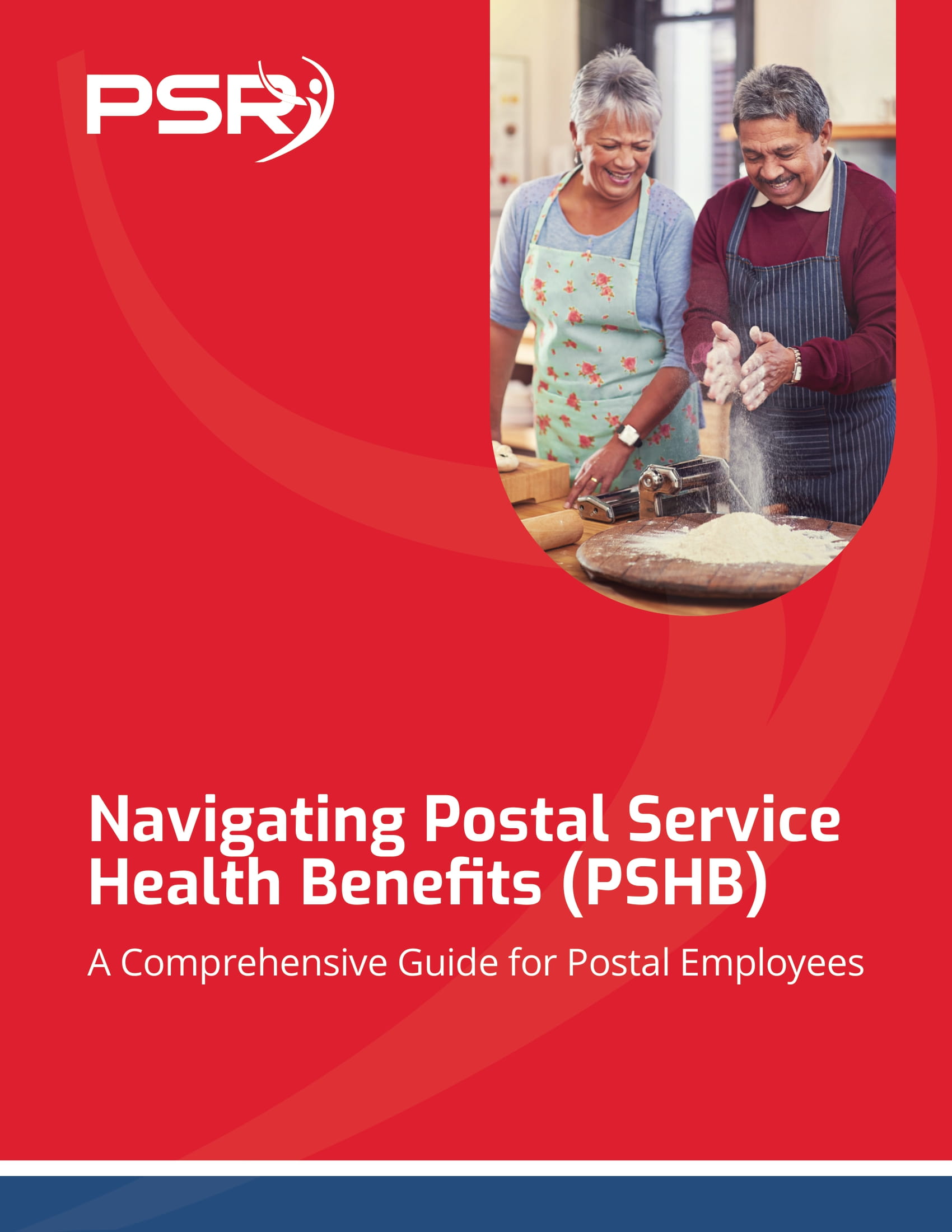Key Takeaways
- Federal retirement benefits are designed to provide comprehensive support through systems like FERS, CSRS, TSP, and health and life insurance options.
- Understanding and optimizing these components can significantly enhance financial security and overall retirement satisfaction for federal employees.
Learn About These 4 Key Components of Federal Retirement Benefits
Retirement planning for federal employees involves navigating various benefits systems designed to ensure financial security and peace of mind. Understanding the key components of federal retirement benefits is crucial for making informed decisions and maximizing the advantages offered. This article delves into four primary components: the Federal Employees Retirement System (FERS), the Civil Service Retirement System (CSRS), the Thrift Savings Plan (TSP), and health and life insurance options for federal retirees.
Exploring the Federal Employees Retirement System (FERS)
- Also Read: New Rules for Federal Employees in 2025: What You Need to Know to Stay Ahead
- Also Read: Seven TSP Fund Allocation Strategies Federal Employees Are Using to Strengthen Their Retirement Portfolios
- Also Read: Military Buyback for Federal Employees: Is It Really Worth It? Here’s What You Need to Weigh Up
The Federal Employees Retirement System (FERS) is the primary retirement plan for federal employees hired after 1984. FERS is designed to provide comprehensive retirement benefits through three main components: the FERS Basic Benefit Plan, Social Security benefits, and the Thrift Savings Plan (TSP).
FERS Basic Benefit Plan
The FERS Basic Benefit Plan is a defined benefit pension plan that provides monthly annuity payments upon retirement. Both the employee and the government contribute to this plan. The pension amount is determined based on the employee’s years of service and the highest three consecutive years of basic pay, known as the “high-3” average salary.
-
Eligibility: To qualify for the FERS Basic Benefit Plan, employees must meet specific age and service requirements. Typically, employees are eligible for full benefits at age 62 with at least five years of service, at age 60 with 20 years of service, or at the minimum retirement age (MRA) with 30 years of service.
-
Calculation: The formula for calculating the annual pension is:
Annual Pension=High-3 Salary×Years of Service×Pension Multiplier
The pension multiplier is generally 1% if retiring before age 62 or with less than 20 years of service, and it increases to 1.1% if retiring at age 62 or older with at least 20 years of service.
Social Security
FERS employees are covered under Social Security, contributing to and receiving benefits from this system. Social Security benefits are calculated based on the employee’s earnings history and provide additional financial support in retirement.
- Integration with FERS: The integration of Social Security with the FERS Basic Benefit Plan ensures that employees receive a comprehensive retirement income. Employees can begin receiving Social Security benefits as early as age 62, although delaying benefits can result in higher monthly payments.
Thrift Savings Plan (TSP)
The TSP is a defined contribution plan similar to a 401(k), allowing federal employees to save for retirement through tax-deferred contributions. Employees can choose from various investment funds, and the government offers matching contributions up to a certain percentage.
Understanding the Civil Service Retirement System (CSRS)
The Civil Service Retirement System (CSRS) is a defined benefit plan for federal employees hired before 1984. CSRS offers a robust pension plan but does not include Social Security benefits.
Key Features of CSRS
- Defined Benefit Pension: CSRS provides a pension based on years of service and the highest three consecutive years of salary, similar to FERS but with different benefit formulas.
- No Social Security: Employees under CSRS do not receive Social Security benefits based on their federal service since they do not pay Social Security taxes. However, they may still be eligible for Social Security benefits from other employment covered by Social Security.
Pension Calculation
The CSRS pension calculation formula is more generous than FERS, typically resulting in higher pension benefits:
Annual Pension=1.5%×High-3 Salary×First 5 Years of Service+1.75%×High-3 Salary×Next 5 Years of Service+2%×High-3 Salary×Years of Service Beyond 10
CSRS Offset
Some employees fall under CSRS Offset, a hybrid system that combines elements of CSRS and Social Security. These employees pay into both systems and receive benefits from both, with the CSRS pension reduced (or offset) by the amount of Social Security benefits received.
Optimizing Contributions to the Thrift Savings Plan (TSP)
The Thrift Savings Plan (TSP) is a crucial component of federal retirement benefits, allowing employees to save and invest part of their income for retirement. Understanding how to optimize contributions to the TSP can significantly impact retirement savings.
Contribution Limits and Matching
- Employee Contributions: Federal employees can contribute a percentage of their salary to the TSP, up to the annual IRS limit. For 2024, the contribution limit is $23,000, with an additional catch-up contribution of $7,500 for those aged 50 and over.
- Government Matching: For FERS employees, the government matches contributions up to 5% of the employee’s salary. This matching contribution can significantly boost retirement savings.
Investment Options
The TSP offers various investment funds, allowing employees to tailor their investment strategy to their risk tolerance and retirement goals. The main funds include:
- G Fund: Government securities investment fund, which is low-risk and provides stable returns.
- F Fund: Fixed income index investment fund, which includes government and corporate bonds.
- C Fund: Common stock index investment fund, mirroring the performance of the S&P 500.
- S Fund: Small capitalization stock index investment fund, focusing on smaller companies.
- I Fund: International stock index investment fund, investing in international markets.
- L Funds: Lifecycle funds that automatically adjust the investment mix based on the employee’s time horizon until retirement.
Withdrawal Options
After retirement, employees can withdraw TSP funds in several ways, including lump-sum payments, monthly payments, or purchasing an annuity. Understanding the withdrawal options and their tax implications is crucial for effective retirement planning.
Health and Life Insurance Benefits for Federal Retirees
Federal retirement benefits include comprehensive health and life insurance options that provide essential coverage for retirees and their families.
Federal Employees Health Benefits (FEHB) Program
The FEHB program offers a wide range of health insurance plans, including HMOs and PPOs, ensuring that federal retirees have access to quality healthcare.
- Eligibility: Federal retirees eligible for an immediate annuity can continue their FEHB coverage into retirement. This continuation ensures that retirees maintain health insurance coverage without interruption.
- Premiums: Retirees continue to pay premiums, which are generally lower than those available in the private market. The government continues to pay a significant portion of the premiums.
Medicare
At age 65, federal retirees become eligible for Medicare. Many choose to enroll in Medicare Part A (hospital insurance) and Part B (medical insurance) while keeping their FEHB plan as secondary coverage.
- Integration with FEHB: Combining Medicare with FEHB can reduce out-of-pocket costs and provide broader coverage. Retirees should carefully evaluate their healthcare needs and costs to determine the best combination of coverage.
Federal Employees’ Group Life Insurance (FEGLI)
FEGLI provides life insurance coverage for federal employees, which can be continued into retirement.
- Basic and Optional Coverage: FEGLI offers basic life insurance coverage, with additional optional coverage available for higher premiums.
- Premiums: Premiums for basic coverage are shared between the employee and the government, while optional coverage premiums are fully paid by the employee.
Conclusion
Understanding the key components of federal retirement benefits is essential for effective retirement planning and ensuring financial security. The Federal Employees Retirement System (FERS) and the Civil Service Retirement System (CSRS) provide robust pension plans, while the Thrift Savings Plan (TSP) offers a valuable opportunity for retirement savings and investment. Additionally, health and life insurance options ensure comprehensive coverage for federal retirees. By fully understanding these benefits and optimizing contributions and investment strategies, federal employees can secure a comfortable and financially stable retirement.












